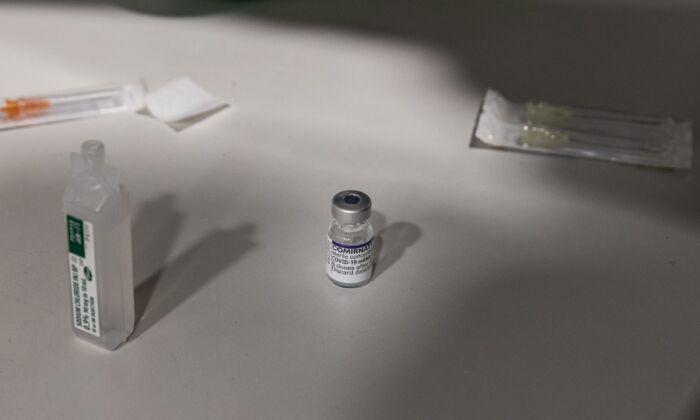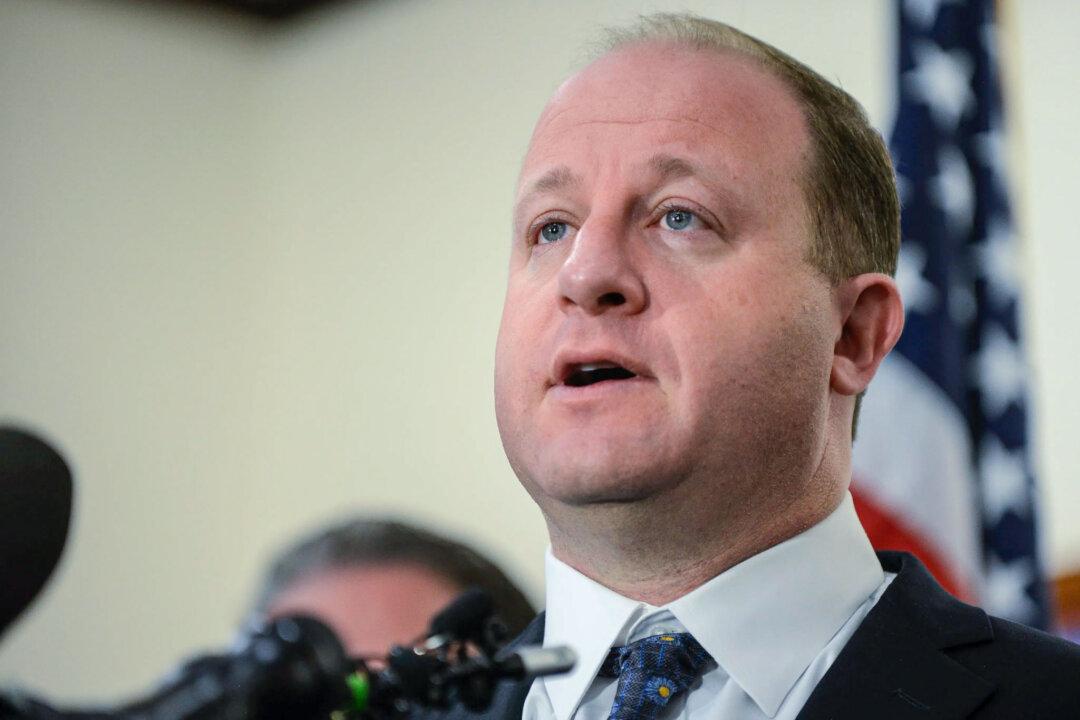The new COVID-19 vaccines provide a boost to protection against hospitalization, although that shielding wanes within months, according to unpublished data presented on Feb. 24.
A bivalent Pfizer or Moderna booster increased protection against hospitalization initially by 52 percent, but that protection dropped to 36 percent beyond 59 days, U.S. Centers for Disease Control and Prevention (CDC) researchers said.
The researchers separately looked at the protection of people who had received two or more monovalent doses, or doses of the original vaccines, and no bivalent booster. They found that people ages 18 to 64 had just 19 percent protection against COVID-19-associated hospitalization and that those 65 and older had just 28 percent protection.
That means the protection after two months was about 60 percent in total for the elderly and goes below 50 percent for all other adults.
Data from a different CDC-run network, called IVY, showed “minimal to no residual protection” against hospitalization from the original vaccine, Dr. Amadea Britton, a CDC official, said.
Two or more monovalent doses provided just 17 percent protection, with uncertain confidence intervals.
A bivalent vaccine on top of a monovalent primary series brought the protection to just 55 percent at seven or more days after the booster.
Waning wasn’t measured in the IVY network.
The bivalent vaccines were authorized and recommended in the fall of 2022 although no clinical trial data was available. Clinical efficacy data remain unavailable at present.
While the COVID-19 vaccines are authorized in the United States to prevent COVID-19 disease, officials have increasingly described the goal of vaccination as preventing severe disease. The vaccines have performed worse and worse against symptomatic infection as newer variants have emerged.
The effectiveness against severe disease may be higher than against hospitalization, according to Britton.
A third CDC network, Increasing Community Access to Testing, found that a new booster initially provided 65 percent protection against symptomatic infection for children ages 5 to 11, and 68 percent protection for children ages 12 to 17.
That protection waned to 54 percent by three months in the younger group and 53 percent by five months in the older group.
A bivalent booster worked much worse in adults, according to other unpublished data from the network presented for the first time during the meeting.
A bivalent booster increased protection against symptomatic infection by just 38 percent in the elderly, with protection dropping to 21 percent by five months. In people ages 50 to 64, protection started at 46 percent and waned to 28 percent; among adults ages 18 to 49, protection started at 51 percent and waned to 41 percent.
The protection estimates were relative, being measured against two to four doses of an original vaccine. Previous research has found that the original vaccine provides little protection against symptomatic Omicron infection, with some estimating that the protection turns negative over time.
Change in Vaccine
The updated Pfizer and Moderna vaccines target the BA.4 and BA.5 subvariants of Omicron, in addition to the Wuhan strain, which was the target of the original vaccines.The updated vaccines are currently available only as booster shots.
They cited the improvement in protection that the bivalents bestow, however minimal, and the hope that simplifying the vaccines would lead to more uptake.
Many Americans have declined to get any boosters, and even fewer have received one of the new bivalents. The overwhelming majority of parents have chosen not to get their children even a primary series, amid the drop in effectiveness and growing concerns about short- and long-term side effects such as heart inflammation.





